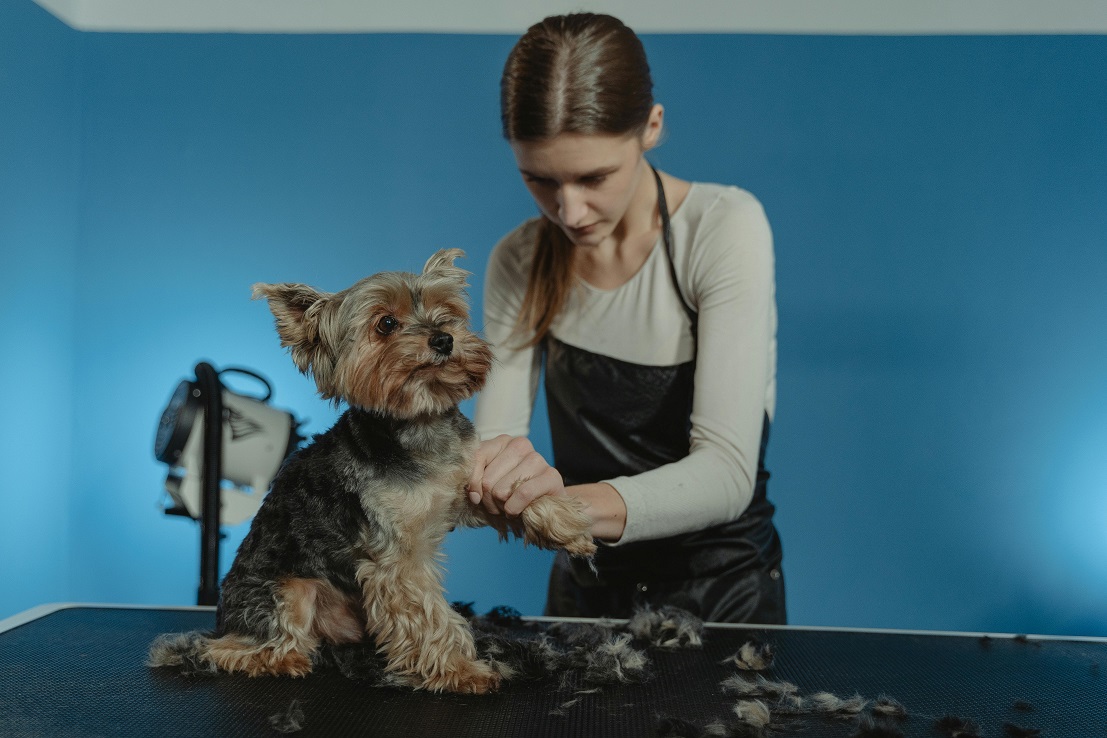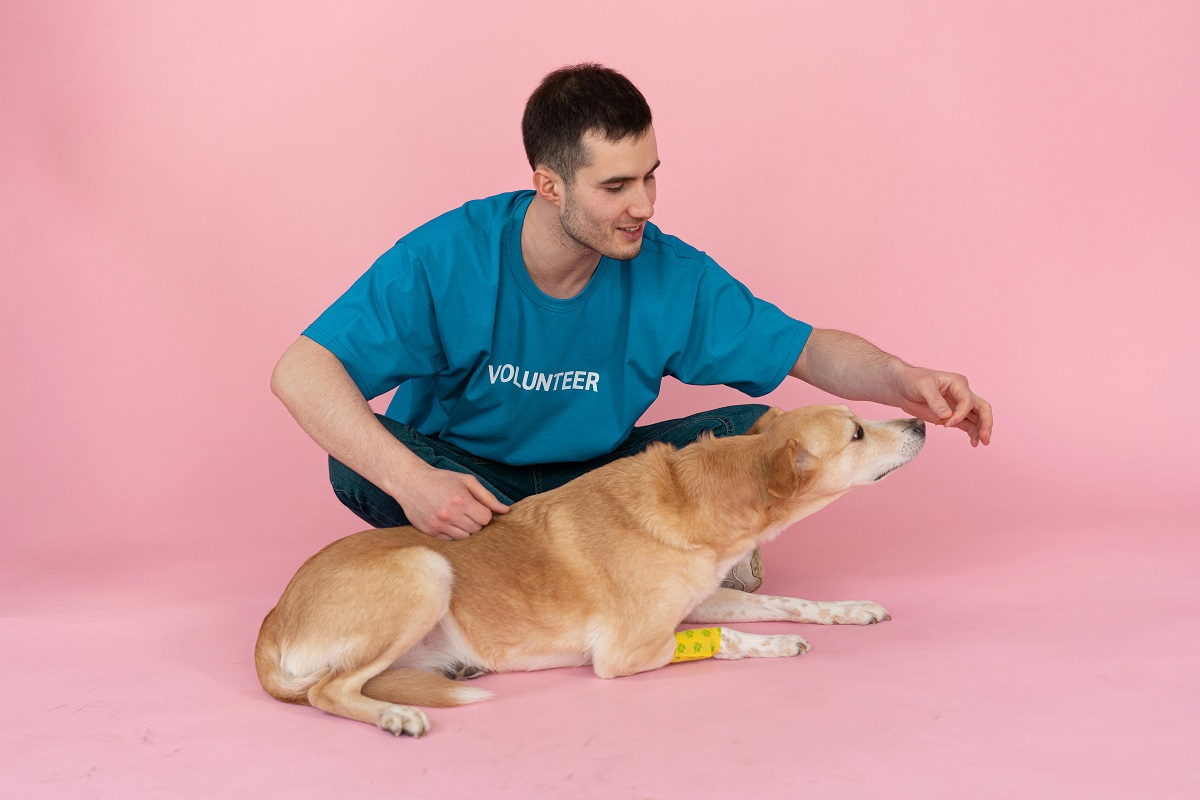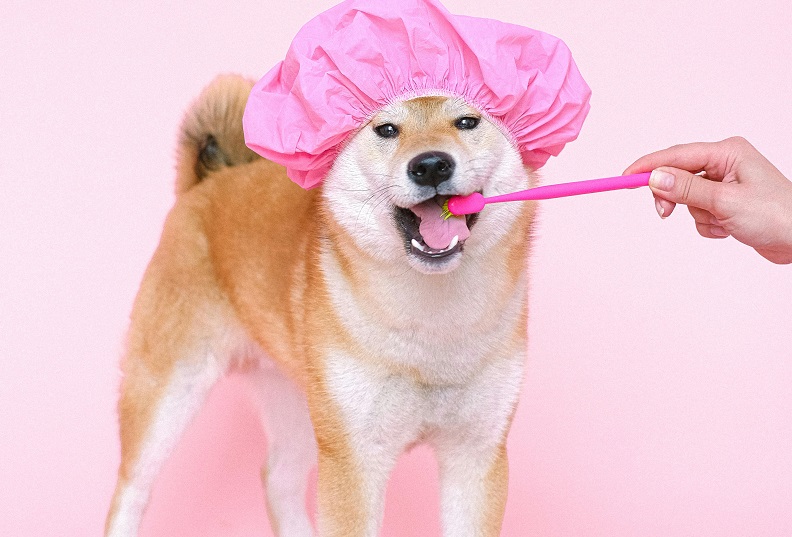Essential Winter Dog Care Tips: Winter can be a magical season, but the colder months bring unique challenges for our furry friends. As temperatures drop across the USA, it’s crucial to ensure your dog stays happy, healthy, and safe. Here are some essential winter dog care to keep in mind.
10 Winter Dog Care Tips:
1. Protect Those Paws
Cold surfaces, snow, and ice can be harsh on your dog’s paws. To protect them:
- Invest in dog booties to provide insulation and traction.
- Trim the hair between your dog’s paw pads to prevent ice buildup.
- Check paws after walks for salt or chemicals, which can cause irritation. Clean them with a damp cloth if necessary.
2. Dress for the Weather
Not all dogs have thick fur to keep them warm in freezing temperatures. Short-haired breeds and smaller dogs may benefit from:
- A well-fitted dog sweater or coat.
- Waterproof outerwear to keep them dry in snow or rain.
3. Adjust Exercise Routines
While regular exercise is essential, icy sidewalks and frigid weather can make outdoor activities challenging. Consider these adjustments:
- Shorten outdoor walks during extreme cold.
- Engage in indoor play sessions to keep your dog active.
- Use interactive toys and puzzles to stimulate their mind.
4. Watch Their Diet
Dogs may burn more calories to stay warm in winter, especially if they spend time outdoors. Monitor their diet:
- Adjust portion sizes based on activity levels.
- Provide high-quality, nutrient-rich food to support their immune system.
- Ensure they have access to fresh water and prevent their water bowl from freezing.
5. Create a Cozy Indoor Space
Your dog needs a warm, comfortable spot to relax during chilly days. Make sure:
- Their bed is away from cold drafts and elevated off cold floors.
- You provide soft blankets for added warmth.
- They have a safe space to retreat to during winter storms.
6. Be Aware of Winter Hazards
Winter brings unique dangers that dog owners should be mindful of:
- Antifreeze is highly toxic to dogs but has a sweet taste that may attract them. Clean up any spills immediately.
- Monitor for signs of frostbite or hypothermia, such as shivering, lethargy, or pale skin.
- Keep holiday decorations and treats out of reach.
7. Groom Regularly
Winter grooming is essential to keep your dog’s coat healthy and functional.
- Brush regularly to prevent matting and improve insulation.
- Bathe less frequently to preserve the natural oils that protect their skin.
- Use pet-safe shampoos to avoid dryness.
8. Plan for Emergencies
Severe winter weather can lead to power outages or travel restrictions. Prepare an emergency kit for your dog that includes:
- Extra food and water.
- Medications and medical records.
- Blankets and a portable shelter.
9. Be Mindful of Breed-Specific Needs
Some dogs, like Huskies and Malamutes, thrive in colder climates, while others, like Chihuahuas and Greyhounds, need extra protection. Understand your dog’s breed-specific needs and adapt your care routine accordingly.
When outside time is limited, both physical and mental stimulation are absolutely vital.
On chilly days, puzzle toys keep your dog occupied. Too many baths rob the skin of natural oils, which causes dry skin.
Frequent brushing helps eliminate dead hair and increases circulation, thus maintaining the health of the coat. Keep antifreeze out of reach; it’s quite poisonous and tastes pleasant enough to draw in dogs.
Immediately clean spills; even a tiny bit can be lethal.
10. Stay Aware of Winter Dog Care
Winter days are shorter, and early sunsets can make walks in the dark unavoidable. Ensure safety by:
- Use reflective collars, leashes, or clothing for your dog.
- Carry a flashlight to improve visibility. Winter Dog Care Tips
Keep Them Warm Limit Outdoor Time
Even thick-coated breeds can get cold. Keep walks short in extreme temperatures. Use Dog Sweaters or Coats: Small, short-haired, or senior dogs benefit from extra layers. Provide a Warm Sleeping Area: Ensure your dog has a cozy indoor bed away from drafts and cold floors.
FAQ on Winter Dog Care
1. How do I keep my dog warm in the winter?
Answer: Indoor Comfort: Keep your dog warm and free of drafts, with a snug bed or blanket in a temperate, quiet place.
Protect Outside: For dogs who are outside often, pick up a doggy sweater or coat — this is particularly important for small or short-haired breeds.
Shelter — If your dogs live outdoors, make sure they have proper shelter, insulated and protected from wind and precipitation.
2. Do dogs need more exercise in winter dog Care?
Answer: Built for Purpose: Yes, regular exercise is crucial to your dog’s physical and mental health.
Indoor Alternatives: As temperatures drop, consider indoor activities on extremely cold days. Alternatively, take shorter, more frequent walks.
A Few Safety Tips: Always keep an eye on the weather and do not remain in extremely low temperatures for too long.
3. How can I keep my dog’s paws safe?
Answer: Booties for Paws: Prevent ice, salt, and de-icing chemicals from hurting their paws.
Paw balm: Before and after walks, apply a pet-safe paw balm to moisturize and protect sensitive paw pads.
Inspection: Regularly look for cuts, cracking or irritation on your dog’s paws.
4.Do I need to change my dog’s diet in the winter months?
Answer: Offered Your Vet: Although some dogs may require a slight increase in calories during cooler months, make sure to discuss any changes with your vet, as each dog is different.
Healthy Weight: You’re a little cold. Weather can place a large strain on joints, so make sure your dog is at a healthy weight.
Balance the Diet: Keep their diet balanced with wholesome ingredients, and provide supplements as directed by your vet.
5.How do I prevent frostbite and hypothermia in my dog?
Answer: Limit Exposure: Make walks short and be conscious of extreme temperatures.
Use proper dog clothing and accessories for outdoor sports.
Monitor Behavior: Be alert for signs of cold stress (e.g., shivering, lethargy, acts different from usual) and always bring your dog indoors if needed.
6. What should I do if my dog gets snowy or slushy?
Answer: Dry Off: Make sure to dry your dog’s coat, especially the paws and ears well to prevent chilling and irritation.
WARM ENVIRONMENT: Once they come in out of the cold, they need a warm, dry place
Grooming: A well-groomed coat is better at keeping out heat, moisture, or dirt that can harbor bacteria.
7. Winter grooming routine adjustments?
Answer: Keep the Undercoat: Never shave your dog’s fur short; the undercoat acts as natural insulation.
Frequent Brushing: This will keep dead hairs away and prevent matting that can trap moisture and cold air.
Bathing: Only wash your dog when needed; frequent baths can remove natural oils and reduce the insulation properties of the coat.
8. Is there anything specific regarding health to be aware of in winter?
Answer: Respiratory Issues: Cold air can occasionally cause respiratory problems, especially in senior canines or those with prior health issues.
Joint Pain: Arthritis and joint pain can increase during cold weather; supplements and medications are available from your veterinarian if needed.
Skin Issues: Dry, cold air can cause dry, itchy skin, so watch your dog for changes, and consult your vet if you need to.
Conclusion of Winter Dog Care
Caring for your dog during winter requires a little extra effort, but the rewards are well worth it. By following these tips, you can ensure your canine companion enjoys a safe and comfortable season. Remember, each dog is unique, so always pay attention to their specific needs and preferences.




